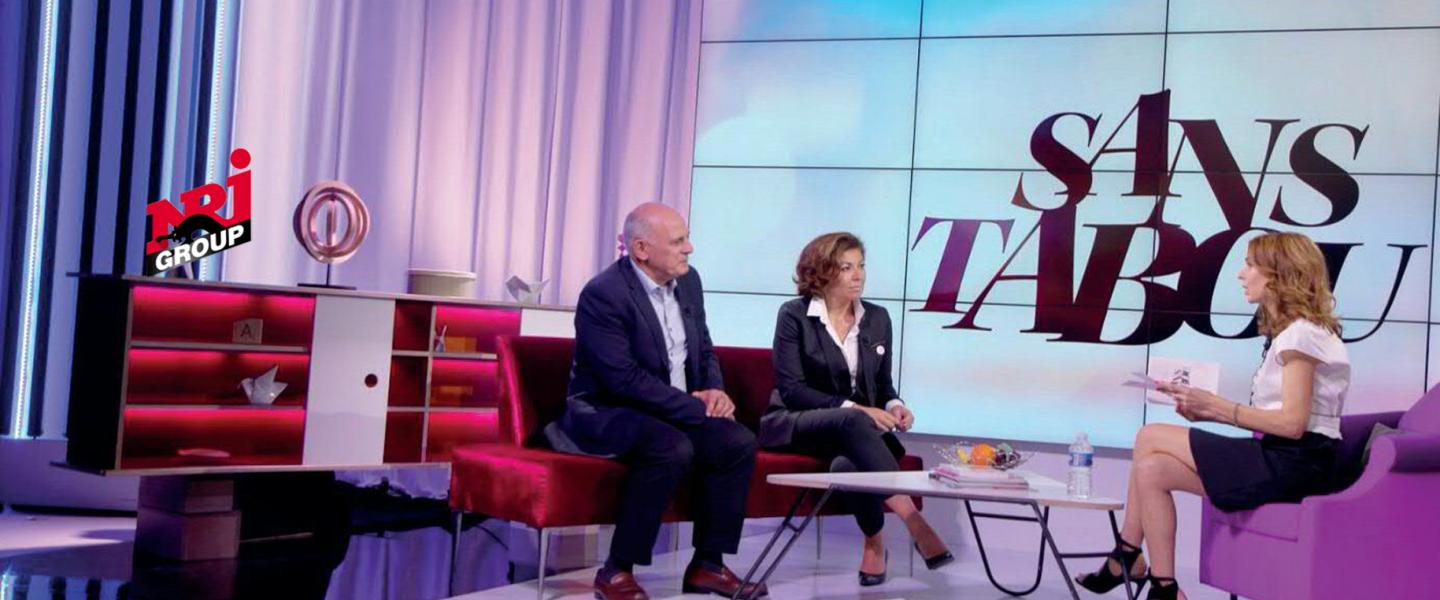Interview with Christophe Cornillet, NRJ Group Technical Director

- Innovation is at the heart of the NRJ Group’s growth strategy. Ultra HD is now seen as the new broadcasting format, what contribution do you think Ultra HD will make to the group’s programming offer?
Christophe Cornillet: Ultra HD is undoubtedly the next video format for every transmission mode with enough bandwidth to carry the high bit-rates needed (notably satellite). Since households are beginning to get UHD compatible screens, audiovisual content makers (who are basically in the business of “making pictures”) are naturally thinking about the best way to tackle such screens. Though it’s not the technology which the audience find most exciting, picture quality makes a big contribution to people’s appreciation of many kinds of content. At this stage it’s a matter of thinking not so much about changes of some kind to our programme schedules but rather about methods for making our programming even more effective … It’s on the basis of that initial analysis that NRJ Group’s Expertise Unit recommended carrying out this technical test with the support of know-how from the TV Division.
- What kinds of content do you think this new format will be most relevant to?
Christophe Cornillet: It’ll be the same with Ultra HD as it was with HD, which may have begun by being limited to premium content – films and sport – but spread steadily until in the end it’s being used for all kinds of content. It’s a change that will take place over time, as and when content makers upgrade their hardware.
- What are the differences from the creator’s point of view between making a live production in Ultra HD rather than HD?
Christophe Cornillet: Good question: we still don’t have enough experience of what’s involved for me to be able to give you an answer right now. That’s exactly what our testing was for: to discover the questions posed by shooting in UHD. We haven’t got to any conclusions yet, not ones you could say provided the framework for making the work flow in a linear sequence.
- Your staff – your technicians, camera operators, directors and so on – are they already trained in this kind of shooting?
Christophe Cornillet: That’s only beginning now. The little test we’ve just done (which was broadcast on Astra) helps our team’s motivation and their initial training by letting them find out, from this practical example, all the key points which will have to be taken into account when the time comes to replace kit (cine cameras, servers, mixing decks, editing decks, networks, etc.).
- The DVB consortium has just confirmed the UHD-1 Phase 2 standard; do you think that will get channels using Ultra HD faster?
Christophe Cornillet: What it will do, most of all, is help to reassure the whole of the UHD ecosystem (content makers, producers, broadcasters and manufacturers) with clear specifications (to ETSI standards) which guarantee the interoperability of the equipment and the best possible quality … Launching a linear UHD channel calls for very heavy capital spending, something that can only be done as part of the natural cycle of renewing the content makers’ equipment (that means over a ten-year period, on average).
As in the case of HD, it will be the pay-TV channels which will cross the UHD frontier first; a little later they will be followed by the free channels … - You’ve just carried out a technical test on the Astra satellite. Can you tell us a bit about its content? What about the format? How long did it run?
Christophe Cornillet: To do the test we shot a sequence in native Ultra HD inside the facilities of the NRJ Group’s TV and Radio Departments, and also some exterior shots in Paris. We then put together a short cut (less than two minutes) and then did a colorimetric calibration combining the HLG specifications for High Dynamic Range (HDR) and the BT.2020 enlarged colour space. Once we’d finished that production file (in XF-AVC at 450 Mbps, in this exercise) we encoded it in HEVC UHD (with audio in Dolby AC3+) at just under 20 Mbps before transmitting it to Astra for broadcasting.
- What were the main lessons you took away from that experiment?
Christophe Cornillet: Well, firstly, a message of confidence in the future of Ultra HD, because our trials yielded usable quality on all the screens we were able to test; in addition to that, we did find some points where progress was needed, for instance to standardize the rendering in HLG (the ideal HDR solution for a broadcaster); and we noted the excellent performance of a latest-generation HEVC UHD encoder.
The two [French] national channels NRJ 12 (launched in 2005) and Cherie 25 (launched in 2012) and the music channel NRJ Hits (launched in 2007) are available on Astra 19.2°E




